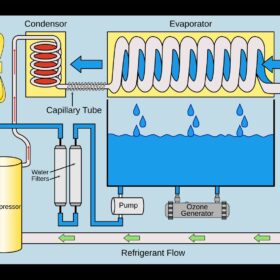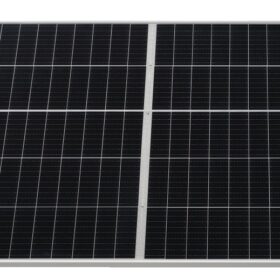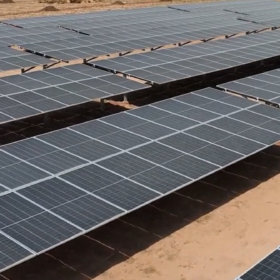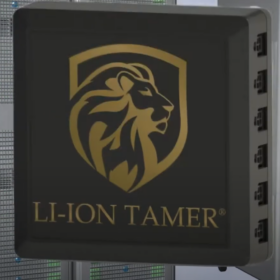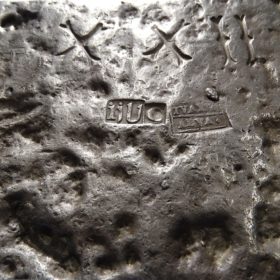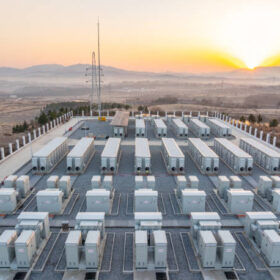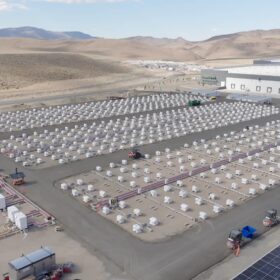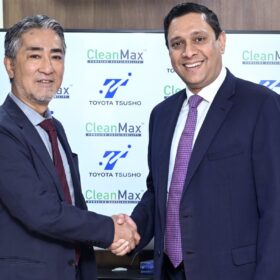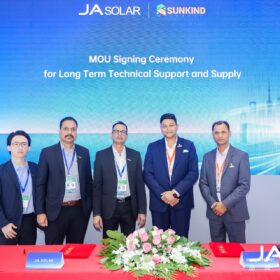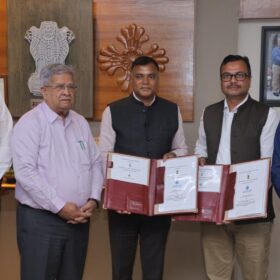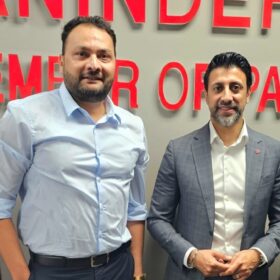Photovoltaics for atmospheric water harvesting
A scientist in Turkey has simulated eight PV-supported hybrid atmospheric water harvesting systems and compared their performances. They were all considered to operate with R1233zd(E), R1234yf, and R600a, as well as R32 refrigerants. The required PV system size was as low as 20 m2.
Risen Energy hits 740 W average for mass-produced HJT solar module
Risen Energy says it has achieved an average power output of 740 W for its mass-produced heterojunction (HJT) solar module, with certified cell efficiency of 26.61% and module efficiency of 24.81%, according to China’s Fujian Metrology Institute. Encapsulation losses were limited to 1.8%.
Waaree Renewable Technologies secures 29.4 MW solar EPC order under MSKVY 2.0
Waaree Renewable Technologies has received a Letter of Award (LOA) for the execution of a 21 MW AC (29.4 MW DC) ground-mounted solar power project under the Mukhyamantri Saur Krushi Vahini Yojana 2.0.
Enfinity closes $245 million for 22 GW solar-storage portfolio
Enfinity Global has secured a $245 million credit facility expansion to fund development, construction, and operation of its 22 GW solar and energy storage pipeline across the United States.
The impact of module pricing on solar project viability: Trends and predictions
India’s solar sector faces rising module costs due to recent developments, including the imposition of anti-dumping duties on solar glass and China’s reduction in export rebates on solar modules, impacting project viability. These shifts underline the delicate balance between promoting local manufacturing, pursuing geopolitical strategies, and navigating the economic realities of global trade.
Honeywell adds Li-ion Tamer for battery fire safety in buildings
Honeywell has acquired the Li-ion Tamer business from Nexceris, a leader in off-gas detection technology for lithium-ion batteries. Li-ion Tamer’s early warning technology detects battery off-gassing, which typically precedes thermal runaway, providing facilities with vital time to intervene before a battery fire starts.
Hindustan Zinc’s silver segment set to drive profit growth on robust PV-led demand: YES Securities
Hindustan Zinc Ltd’s silver segment has emerged as a key earnings pillar with global silver supply under pressure and rising industrial demand—particularly from photovoltaic (PV) cell manufacturing.
VGF incentive cut may raise BESS tariffs by 10%, but impact likely temporary: SBICAPS
A new report by SBICAPS anticipates that the incentive cut under the second phase of the viability gap funding (VGF) scheme for standalone battery energy storage systems (BESS) could lead to a tariff increase of around 10%. However, it adds, this increase is manageable and could be absorbed in the coming months as capex costs continue to decline.
Redwood, Crusoe deploy second-life batteries at AI data center for 63 MWh storage
The second-life project represents the second largest deployment in North America, and the largest battery-powered microgrid.
Tongwei achieves 91.7% bifaciality factor for 722 W TOPCon solar module
The Chinese manufacturer said the result was confirmed by TÜV Rheinland. It was achieved through a sunken pyramid structure that reportedly achieves selective-texture on the non-electrode area of rear-side and a zebra-crossing passivation contact structure that is said to ensure excellent passivation.
